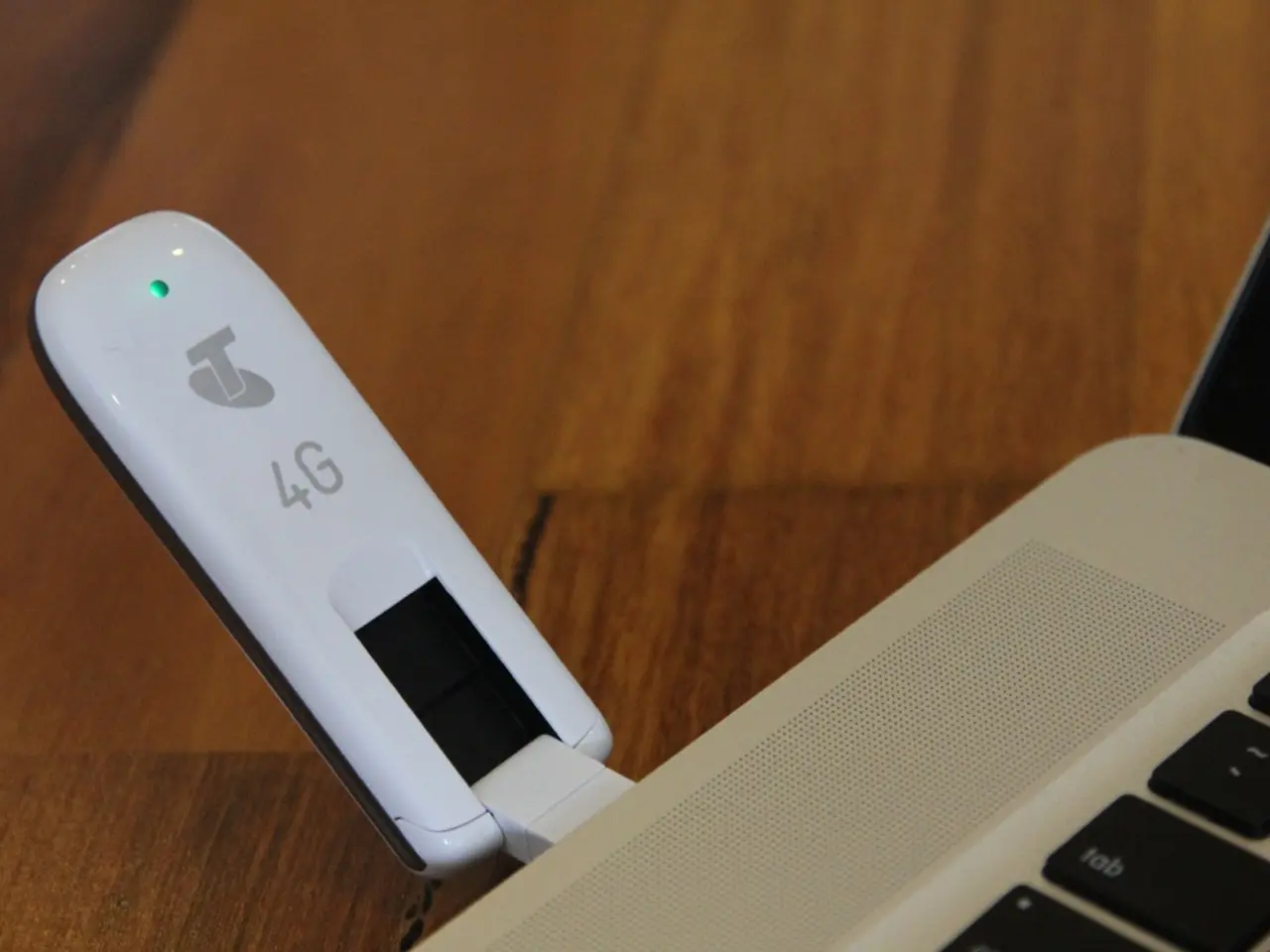PCIe 8.0 Officially Doubles Version 7.0's Speed, Achieving 256.0 GT/s
The PCI Special Interest Group (PCI-SIG) has announced the upcoming release of PCI Express (PCIe) version 8.0, marking a significant leap in high-speed data transfer technology. However, products employing this new standard are not expected to hit the market until at least 2028, and it may take several years beyond that for widespread adoption.
PCIe 8.0 will allow up to 256 gigatransfers per second, equating to up to 1 TB/s bi-directionally in a x16 configuration. This is a substantial increase from the current PCIe 7.0 specification, which allows for devices that handle 128 GT/s and up to 512 GBps bi-directionally in an x16 lane configuration.
While the exact timeline for the development and market release of PCIe 8.0 is yet to be confirmed, the PCI-SIG is already looking ahead. The organisation is reviewing new interconnection technologies to ensure signal reliability at these very high speeds, which may imply exploration of alternatives such as optical interconnects. However, a clear timeline or roadmap for all-optical PCIe replacement is not yet available.
In the meantime, industry focus remains on pushing copper-based PCIe standards (6.0, 7.0, 8.0) towards their physical limits. PCIe 8.0 will deliver up to 1 TB/s bandwidth using PAM4 signaling and forward error correction, maintaining backwards compatibility while addressing copper channel challenges.
The PCI-SIG president and chairperson, Al Yanes, believes that the PCIe 8.0 specification will remain relevant by the time products employing it are released. This sentiment is shared by Reece Hayden, Principal Analyst at ABI Research, who expects PCIe 8.0 to meet the industry's bandwidth requirements well into the future.
As data center networks prepare to implement PCIe 6.0 technology, the PCI-SIG is also working on refining the connector technology for PCIe 8.0. The organisation aims to ensure that the industry's bandwidth requirements will be supported well into the future with the PCIe 8.0 specification.
Meanwhile, companies like Broadcom are making moves to dominate the AI infrastructure market, while others like Arista are promoting Ethernet for AI applications and downplaying the impact of tariffs. In the HPC and AI market, Omni-Path is being reintroduced as a challenger to Nvidia's InfiniBand.
Nvidia, on the other hand, has opened up the speedy NVLink interconnect for use with custom CPUs and ASICs, potentially offering an alternative high-speed interconnect solution.
In conclusion, while all-optical interconnects replacing PCIe remain a future research direction without a publicly announced development or market release timeline as of mid-2025, the focus remains on pushing copper-based PCIe standards towards their physical limits before transitioning to fundamentally new interconnect technologies.
The PCI-SIG is considering exploring alternatives like optical interconnects to ensure signal reliability with PCIe 8.0's high speeds due to the immense data transfer capabilities anticipated with up to 1 TB/s bi-directionally. Advancements in AI technology will likely benefit from the increased bandwidth provided by the forthcoming PCIe 8.0 standard.





